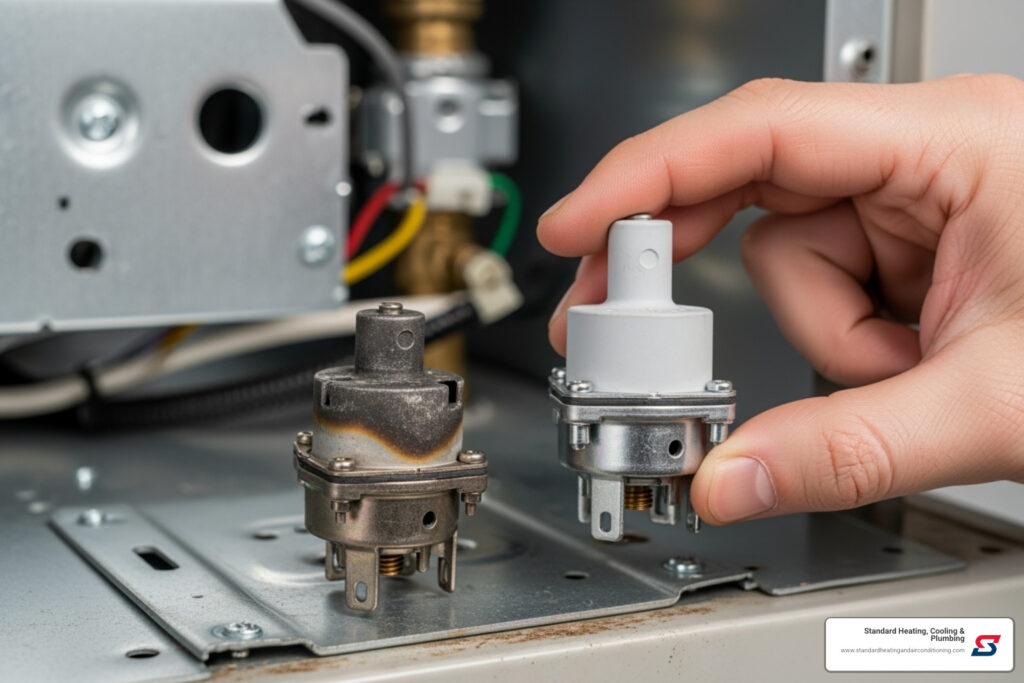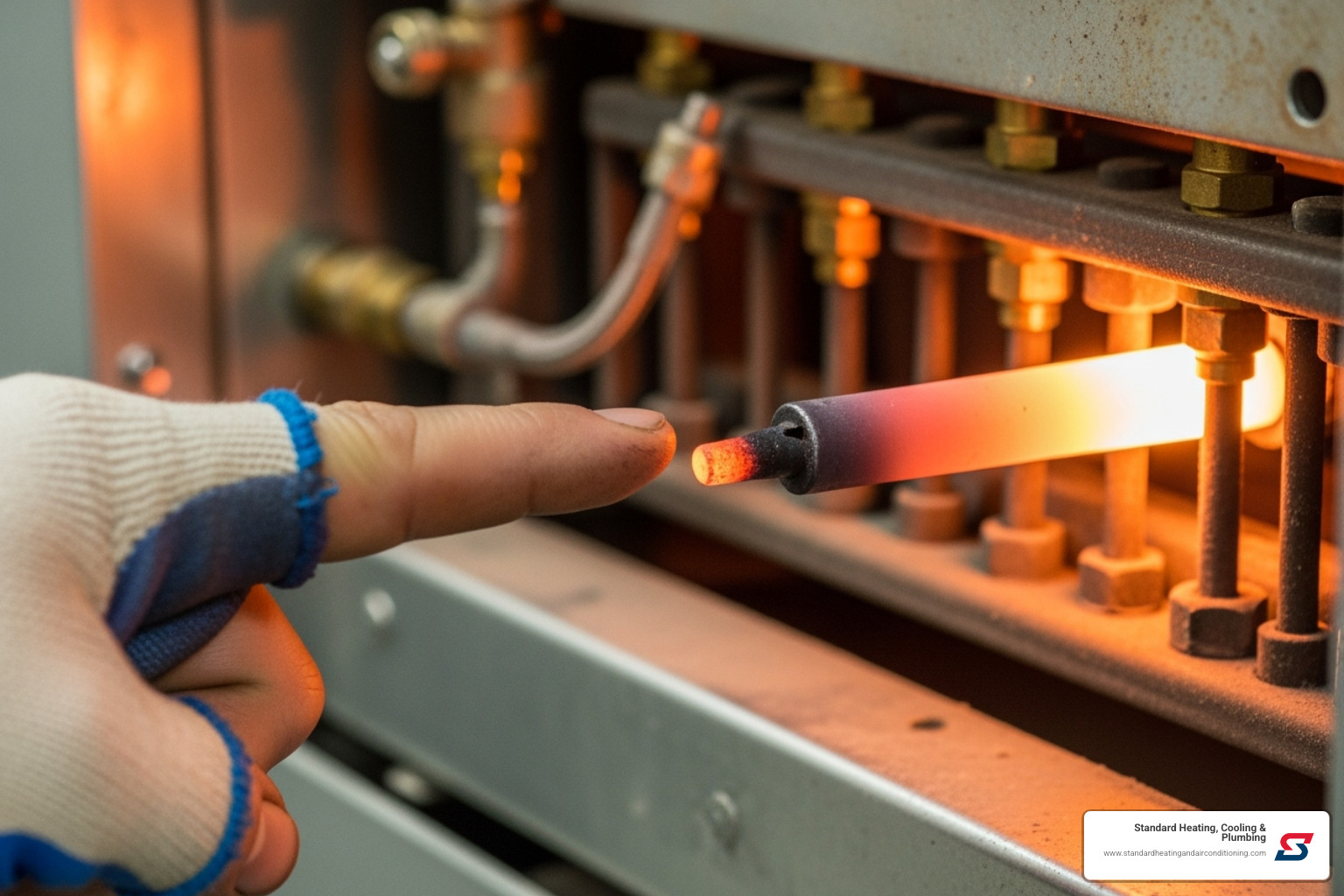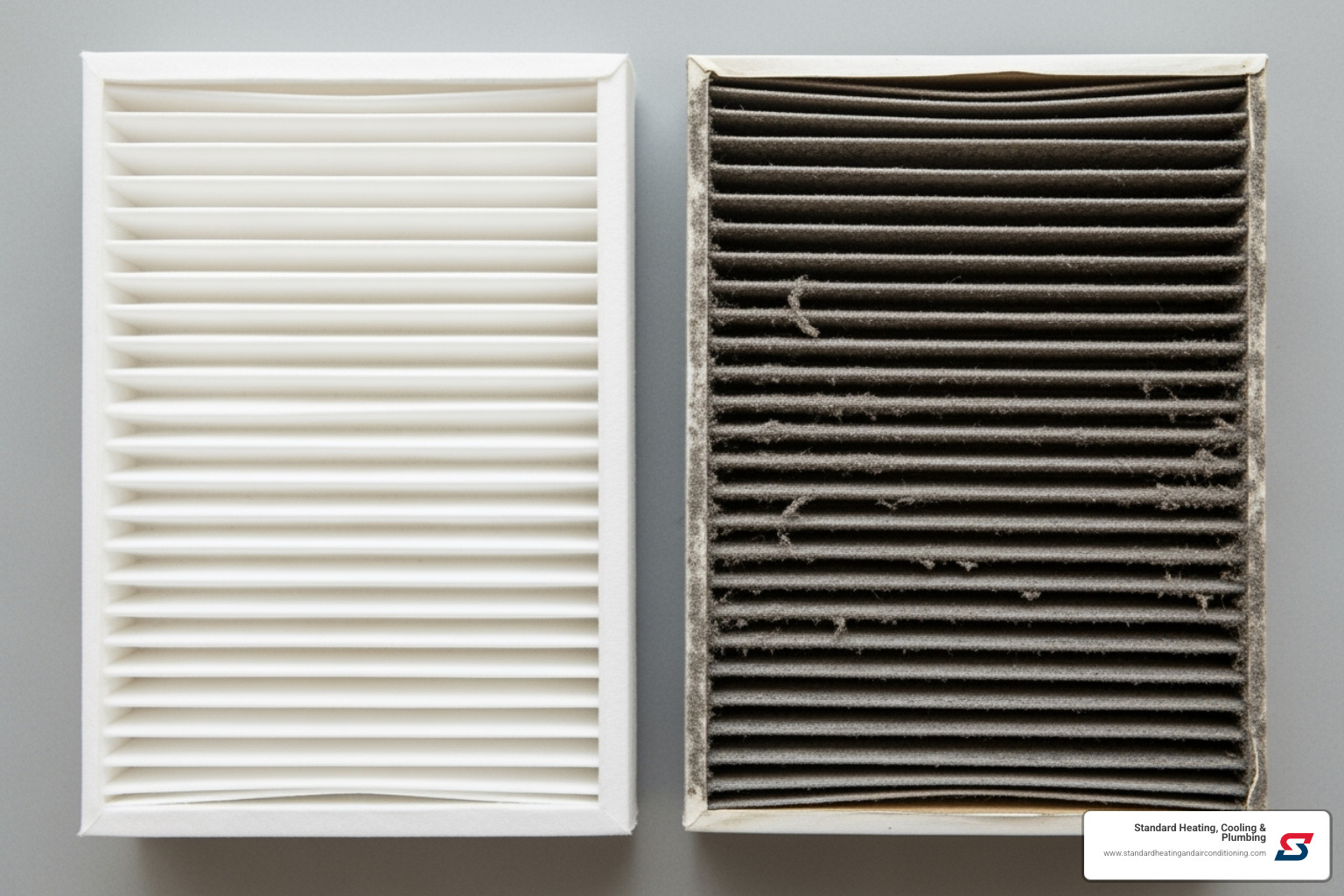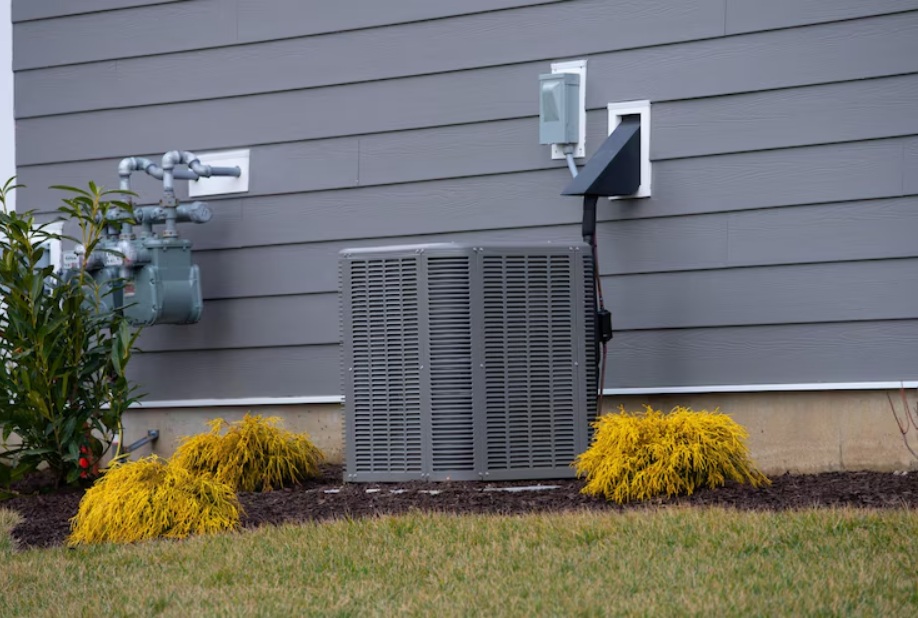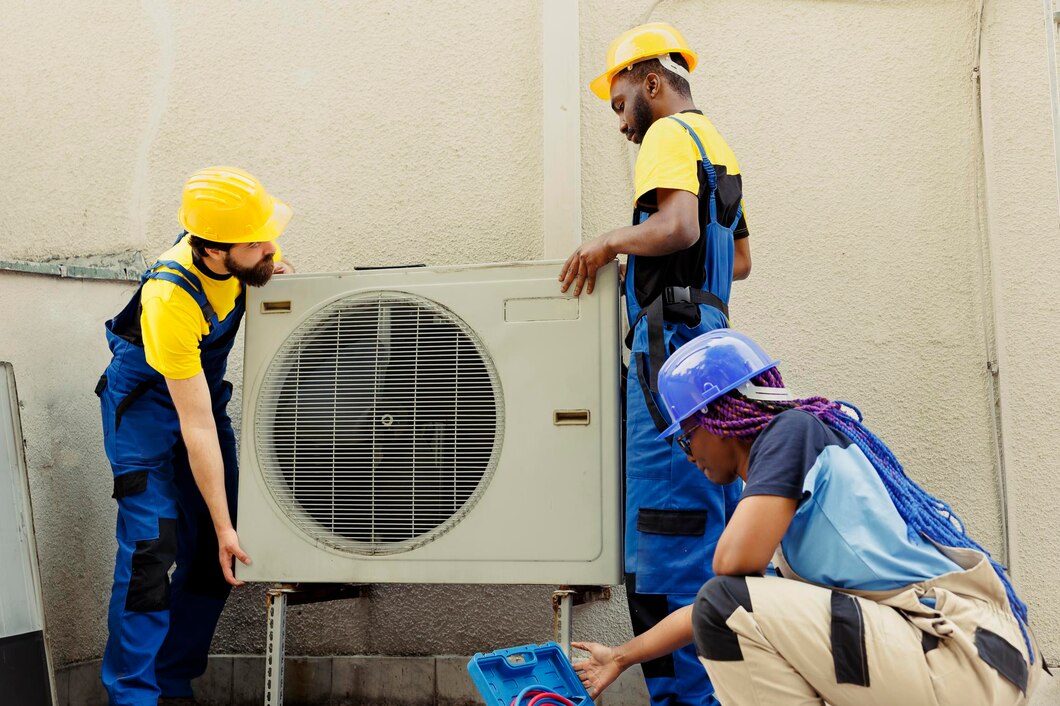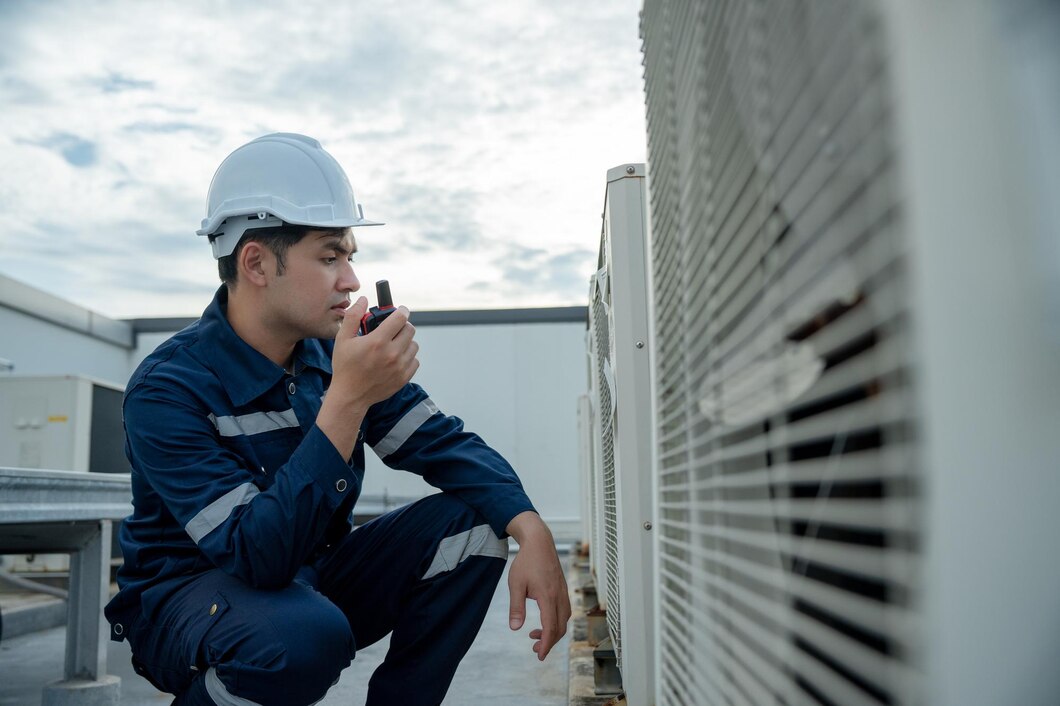Why Furnace Ignitor Replacement Is Critical for Your Home’s Heating
Furnace ignitor replacement is a common heating repair, especially when a furnace runs but won’t produce heat. A faulty ignitor is a primary cause of furnace failures during Birmingham’s chilly months. If your furnace clicks but won’t ignite, or the blower runs without heat, a failed ignitor is the likely culprit.
Quick Answer for Furnace Ignitor Replacement:
- Turn off power at the breaker and shut off the gas supply.
- Locate the ignitor in the burner assembly (it’s a ceramic rod that glows).
- Disconnect wires and unscrew the mounting bracket.
- Install the new ignitor, handling it only by the base (oils from skin can damage the part).
- Reconnect everything and test the system.
- Cost ranges from $20-$100 for DIY or $150-$300 for professional service.
These small ceramic components typically last 3-7 years. While replacing one can be a straightforward DIY job, the part is extremely fragile. Mishandling it can turn a simple part swap into a more expensive service call.
This guide covers everything from diagnosis to replacement, helping you decide whether to do it yourself or call a professional.
Understanding Your Furnace Ignitor
Before tackling a furnace ignitor replacement, it’s helpful to understand this small but essential component. The ignitor’s job is to light the fuel that warms your home. Without it, your furnace can only blow cold air.
Modern ignitors have replaced old pilot lights that burned gas 24/7, making today’s furnaces safer and more efficient. For a deeper dive into what can go wrong, see our guide on common furnace ignition problems.
What is a Furnace Ignitor and How Does It Work?
Your furnace ignitor is an electrical heating element that reaches over 2,000 degrees Fahrenheit. When your thermostat calls for heat, electricity flows through the ignitor, causing it to glow bright orange.
After about 30 seconds, the gas valve opens, releasing fuel onto the hot ignitor, which instantly creates a flame. The burners light, and the heat exchanger begins warming the air for your home.
The ignitor is also a key safety device. Modern furnaces prevent gas from flowing unless the ignitor is hot enough to ensure ignition, which prevents dangerous gas buildup. Once the flame is stable, a flame sensor confirms proper operation, and the ignitor shuts off until the next heating cycle.
Types of Furnace Ignitors and Their Materials
Most modern furnaces use Hot Surface Ignitors (HSI), which are ceramic rods that glow to light the burners. These have replaced older Intermittent Pilot systems that used an electric spark.
The primary difference between HSIs is the material they are made from:
- Silicon Carbide: The traditional material, these ignitors heat up quickly but are very fragile. Skin oils can damage the material, leading to premature failure. They typically last 3 to 5 years.
- Silicon Nitride: This is a newer, more durable option. These ignitors handle the stress of heating and cooling cycles much better and can last 5 to 10 years or more. They cost slightly more but are a worthwhile investment.
When planning a replacement, silicon nitride ignitors are often the better choice. You can learn more about why these durable silicon nitride ignitors are becoming the standard.
Signs of a Failing Furnace Ignitor
The constant thermal stress of heating and cooling eventually wears out an ignitor. Here are the common signs of failure:
- Furnace clicks but won’t light: You hear the system trying to start, but no flame appears because the ignitor isn’t getting hot enough.
- Blower runs but produces no heat: The fan circulates cold air because the burners never ignite.
- System short-cycling: The furnace starts, runs briefly, then shuts down and repeats the cycle. Safety controls detect ignition problems and shut the system down to prevent gas buildup.
- No visible glow: A healthy ignitor glows bright orange during startup. No glow, a dim glow, or flickering indicates it’s time for a replacement.
- Rising energy bills: A struggling ignitor may take multiple attempts to light the furnace, wasting fuel and increasing costs.
Catching these symptoms early can save you from a cold night and prevent more expensive repairs. For more tips, explore how to prevent common heater issues.
The Complete Guide to Furnace Ignitor Replacement
Now that you can identify a failing ignitor, let’s cover the furnace ignitor replacement process. With preparation, patience, and a focus on safety, many homeowners can successfully complete this repair.
Safety First: Preparing for the Replacement
Working with electricity and gas requires proper precautions. A few minutes of preparation can prevent serious issues.
- Turn off power at the breaker box. Find the breaker for your furnace and flip it to the “OFF” position. Consider placing tape over it as a reminder.
- Shut off the gas supply valve. Locate the gas line leading to your furnace and turn the shut-off valve so it is perpendicular to the pipe.
- Wear protective gloves. Natural oils from your fingers can damage a new ignitor, causing it to fail prematurely. Clean cotton or nitrile gloves are essential.
- Wear safety glasses. Protect your eyes from dust and debris while working in the tight space of the furnace.
Step-by-Step Furnace Ignitor Replacement
With safety precautions in place, you can begin the replacement. Take your time with each step.
- Locate the access panel on your furnace and remove it to access the burner area. Keep any screws in a safe place.
- Find the ignitor. It is a ceramic rod or bar near the gas burners with two wires attached. It may look fine even when it has failed.
- Disconnect the wire harness. Take a photo with your phone first for reference. The connection may be a simple plug or have a small clip.
- Unscrew the mounting bracket holding the ignitor. It is typically held by one or two screws.
- Remove the old ignitor gently. Even a failed ignitor can be brittle and crumble if handled roughly.
- Handle the new ignitor by the base only. This is critical. Do not touch the element with your bare hands. Only touch the ceramic base or wire leads.
- Install the new part in the exact same position. Slide it into place, align the bracket, and gently tighten the screws. Do not overtighten.
- Reconnect the wires securely, checking that the connection is properly seated.
- Restore power and gas by turning the breaker on and reopening the gas valve. Reinstall all access panels.
- Test your work. Set your thermostat to call for heat. You should see the new ignitor glow orange, followed by the whoosh of gas ignition. Warm air from your vents confirms a successful furnace ignitor replacement.
Common Causes of Ignitor Failure
Understanding why ignitors fail can help you extend the life of your new part.
- Natural wear and tear: Heating to over 1,800°F thousands of times per season eventually wears out the material, typically after 3-7 years.
- Power surges: Voltage spikes from the electrical grid or lightning can instantly destroy the ignitor’s delicate element.
- Physical damage: Ignitors, especially silicon carbide types, are fragile. Dropping the part, bumping it during maintenance, or overtightening screws can cause it to break.
- Dirt and debris: While the ignitor itself gets too hot for buildup, dust can accumulate on electrical connections and interfere with operation.
- Oil from skin contact: Natural skin oils create hot spots on the element, causing uneven heating that stresses the material and leads to early failure. This is why wearing gloves is essential.
Cost, Risks, and When to Call a Professional
For a furnace ignitor replacement, you can either do it yourself or hire a professional. The right choice depends on your comfort level with the task, your furnace’s warranty, and your budget.
Furnace Ignitor Replacement Cost Breakdown
The cost of replacing a furnace ignitor is relatively low compared to other home repairs.
| Cost Component | DIY Range | Professional Range |
|---|---|---|
| Ignitor Part Cost | $20 – $100 | Included in total |
| Labor Cost | $0 (your time!) | $75 – $150 |
| Total Replacement Cost | $20 – $100 | $150 – $300 |
The part itself is affordable. If you are comfortable with the DIY approach, your only cost is the part. Professional installation costs more but includes expertise, safety, and often a warranty on the work.
An important factor is your furnace warranty. Performing a DIY repair might void the manufacturer’s warranty. In this case, hiring a professional is the safer long-term financial decision.
DIY vs. Professional Furnace Ignitor Replacement
Weigh the risks of a DIY repair against the benefits of professional service before you begin.
DIY Risks:
- Breaking the new part: Ignitors are extremely fragile and can easily break during installation.
- Electrical shock or gas leaks: Improperly handling electrical or gas connections is a serious safety risk.
- Voiding your warranty: Unauthorized repairs can void your furnace’s manufacturer warranty, leading to expensive costs for future failures.
Professional Service Benefits:
- Correct diagnosis: A technician can determine if the ignitor is the true cause of the problem or if another component, like the control board, has failed.
- Safety: Professionals are trained to work with gas and electricity safely.
- Speed and efficiency: A technician can typically replace an ignitor in under an hour.
- Guaranteed work: Reputable companies provide a warranty on their repairs, giving you peace of mind.
When to call a pro:
- If you are uncomfortable with the task for any reason.
- If your furnace is under warranty.
- If the issue persists after you’ve replaced the ignitor.
- If you have any doubts about gas or electrical safety.
For more information on what to expect from a service call, see our guide on professional furnace repair. At Standard Heating, Cooling & Plumbing, we’re always happy to discuss your options.
Extending the Life of Your Furnace
After a furnace ignitor replacement, you can take steps to help your entire heating system run more efficiently and last longer. A well-maintained furnace costs less to operate and experiences fewer unexpected breakdowns.
Maintenance to Prolong Ignitor Life
How long your new ignitor lasts depends on the overall health of your furnace. When the system runs smoothly, every component benefits.
- Annual professional tune-ups are the best way to maintain your furnace. A technician will inspect, clean, and test all components, catching small issues before they become major problems.
- Keeping components clean helps the system work better. While you should never clean the ignitor itself, keeping the area around the furnace free of dust and debris reduces strain.
- Proper airflow is critical. A furnace that can’t breathe properly runs hotter and works harder, shortening the life of all its parts, including the ignitor. Good airflow reduces the thermal stress that causes ignitors to fail.
Regular maintenance can save you money and prevent future repairs. Learn more in our guide on how furnace maintenance prevents repairs.
The Importance of Clean Air Filters
Changing your air filter regularly is the single most important maintenance task for a homeowner. It has a huge impact on your furnace’s health and the longevity of its components.
A dirty filter restricts airflow, forcing your system to work harder. A clean filter:
- Reduces system strain: Proper airflow means the blower motor doesn’t have to struggle to pull air through a clogged filter.
- Prevents overheating: Restricted airflow causes heat to build up, which is a primary cause of ignitor failure. This triggers safety shutdowns and puts stress on components.
- Maintains efficiency: A clean filter helps your furnace heat your home without running as long, reducing wear and tear.
Check your filter monthly and replace it every 1-3 months, or more often if you have pets or allergies. For more tips, see Energy Star’s guidance on maintaining proper airflow.
Frequently Asked Questions about Furnace Ignitors
Even after a detailed guide on furnace ignitor replacement, you may still have questions. Here are answers to the most common ones we hear from Birmingham homeowners.
How long does a furnace ignitor typically last?
Furnace ignitors typically last three to seven years. The exact lifespan depends on several factors.
- Usage: A furnace that cycles frequently will wear out its ignitor faster.
- Material: Standard silicon carbide ignitors last 3-5 years, while more durable silicon nitride models can last 5-10 years or more.
- Power Quality: Homes in areas with frequent power surges may experience shorter ignitor lifespans.
- Maintenance: Regular maintenance, like changing air filters, reduces overall system strain and can help the ignitor last longer.
Can I clean a furnace ignitor instead of replacing it?
No, cleaning a hot surface ignitor is not recommended. These ceramic components are extremely fragile and can easily crack or break, even with gentle handling. The material is not designed to be scrubbed or wiped.
When an ignitor fails, it’s usually because the internal heating element has worn out, not because it’s dirty. Replacement is the only reliable solution. Fortunately, ignitors are relatively inexpensive parts.
What happens if a faulty furnace ignitor is not replaced?
Ignoring a faulty ignitor will lead to several problems, especially on a cold night.
- No Heat: The most immediate problem is a complete loss of heat. The furnace cannot light the gas without a working ignitor.
- Safety Lockout: After a few failed ignition attempts, modern furnaces will enter a safety lockout mode to prevent dangerous unburned gas from accumulating. The furnace will not try to start again until it is reset.
- Wasted Energy and System Stress: A partially failing ignitor may take multiple attempts to light the burners. This wastes gas and puts extra wear on other components like the control board and inducer motor.
A faulty ignitor brings your heating system to a halt. Addressing the issue promptly ensures you have reliable heat when you need it.
Stay Warm with Reliable Furnace Repair
This guide has covered the key aspects of furnace ignitor replacement, from identifying a failing part to understanding the replacement process and costs. Whether you choose the DIY route or call a professional, you now have the knowledge to make an informed decision.
A functional heating system is essential for your family’s comfort and safety, especially during Birmingham’s winters. We understand the frustration of a furnace breakdown and the importance of a quick, reliable solution.
While some homeowners can handle this replacement, there is no substitute for the peace of mind that comes with professional service. It’s often the smartest choice, ensuring the job is done safely and correctly while protecting your furnace’s warranty.
For residents throughout the Birmingham area—from Alabaster to Vestavia Hills—Standard Heating, Cooling & Plumbing is here to help. With 85 years of family-owned experience, our skilled technicians can quickly diagnose your furnace issue, whether it’s a simple ignitor failure or a more complex problem, and restore your heat efficiently.
Don’t let a faulty ignitor leave you in the cold. Our team is committed to providing the reliable, affordable service our neighbors have trusted for generations. Schedule your furnace repair service today and let us handle your furnace ignitor replacement with the expertise your family deserves.

